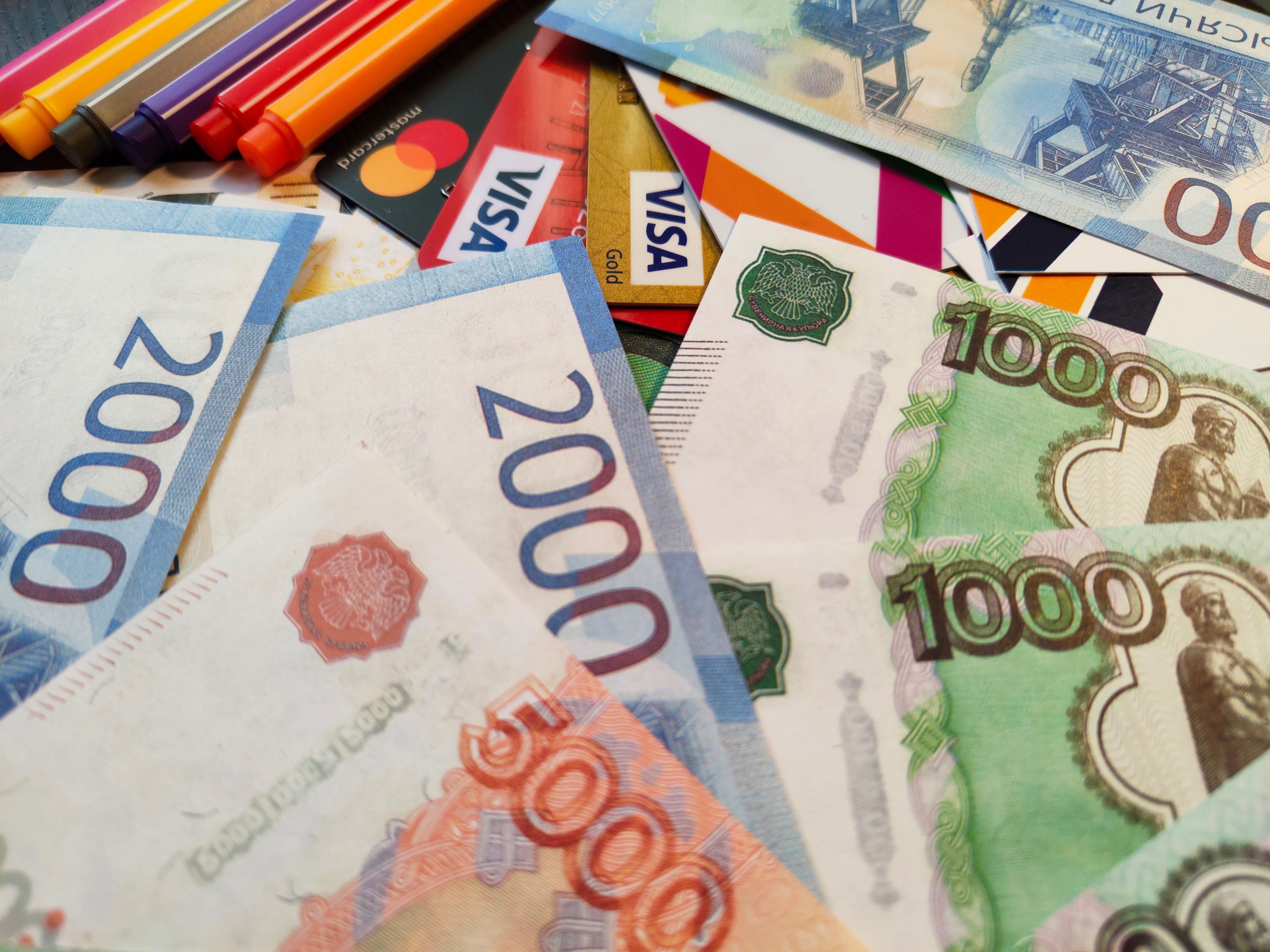Singapore Green Jet Fuel Levy on Travellers Ignites Funding Debate
Russia rescues Vladimir Putin from a humiliating currency crash in a state of panic after the ruble falls below a penny

Even Jay Powell, the chair of the Fed, cannot be accused of ever moving this quickly.
The governing board of Russia’s central bank made the decision to raise interest rates by 3.5 percentage points, to 12%, during an emergency meeting on Tuesday. The purpose of this operation is to support the ruble, which has been severely harmed by Western sanctions imposed in reaction to the war in Ukraine.
The second increase was justified in less than a month by citing “substantial” upside risks to inflation from the depreciating currency.
“This decision is aimed at limiting price stability risk,” it said in a statement.
Four days before, a deputy governor told the state news agency TASS that there was no need to worry about the exchange rate.
The action was taken when the country’s ruble fell below the psychological floor of 100 to a U.S. dollar, making each worth less than a penny.
The currency has now given up all of its gains from the previous year, sinking to lows not experienced since the early stages of the war during an investor panic.
Following that, the pressure on the bank reached a fever pitch, with Kremlin spokesman and Putin friend Vladimir Solovyov pleading with the central bank to act on his Russian state TV program.
Putin’s companies had long been reliant on the West prior to the February 2022 invasion of Ukraine. Russia could buy the machinery and equipment it required to run its factories in exchange for selling commodities such as food, electricity, and base metals such as nickel.
Western sanctions, on the other hand, have hampered manufacturers’ capacity to supply for their customers by restricting access to vital intermediates such as microchips, which may help them boost their output.
In a statement issued on Tuesday, the bank criticized consumers for being obliged to look abroad to meet their demand for finished goods.
This put significant downward pressure on the ruble and threatened the central bank’s 4% price stability target, as imported inflation is now leaking into the broader economy.
Raising the main policy rate to 12% from 8.5% in July is a tacit acknowledgement that the bank’s most recent 100 basis point move, less than four weeks ago, was far from sufficient to put a floor under the ruble.
Even when Fed Chair Powell was in full-fledged inflation-fighting mode, he only raised rates 75 basis points in four consecutive meetings during a six-month period.

